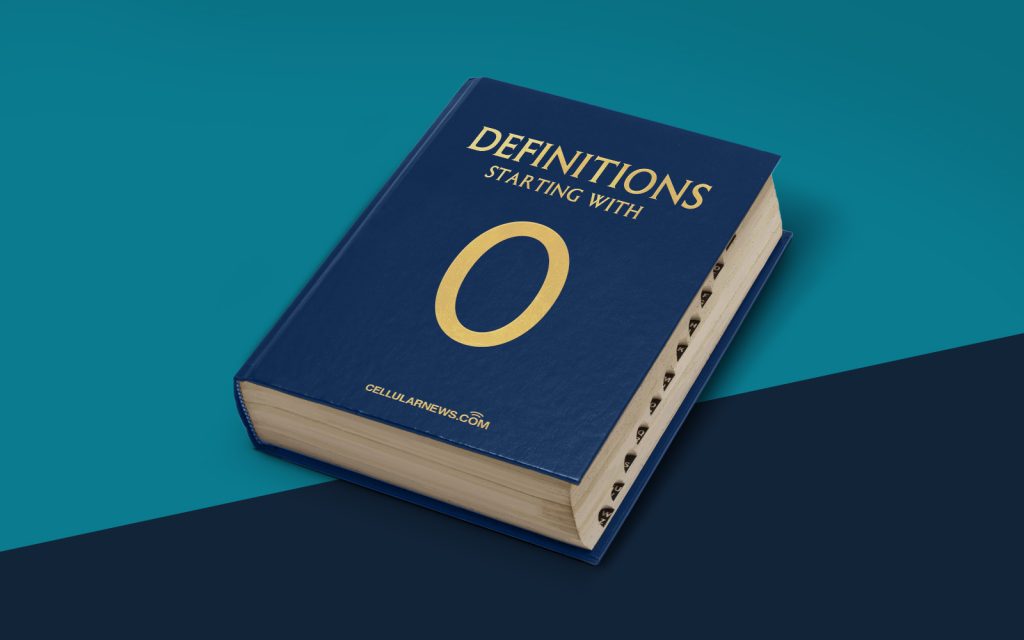
Defining Object-Oriented Language (OOL)
In the constantly evolving world of technology, new programming languages continue to emerge. One such category that has gained significant popularity is Object-Oriented Language (OOL). But what exactly is an OOL? In this blog post, we will dive into the definition and significance of Object-Oriented Language, shedding light on its key features and benefits.
Key Takeaways:
- OOL allows developers to create programs using objects, which are instances of reusable code blocks.
- Encapsulation, inheritance, and polymorphism are key concepts in OOL that promote code reusability and modularity.
Understanding Object-Oriented Language (OOL)
Object-Oriented Language (OOL) is a programming paradigm that empowers developers to organize and structure their code in a more modular and reusable manner. It revolves around the concept of objects, which are instances of reusable code blocks representing real-world entities. These objects encapsulate both data and the procedures or functions that manipulate that data, creating a self-contained unit of code.
OOL is characterized by its key concepts, which play a crucial role in facilitating code reusability and modularity:
- Encapsulation: This concept refers to the bundling of data and methods within an object, hiding the internal complexity from the outside world. Through encapsulation, the internal workings of an object are protected from external interference, ensuring data security.
- Inheritance: Inheritance allows objects to inherit properties and behavior from other objects known as parent or superclass objects. This feature promotes code reuse by enabling the creation of new objects based on existing ones, with the added capability of extending or modifying their functionality.
- Polymorphism: Polymorphism enables objects of different types to be treated as objects of a common type. It allows classes to define methods with the same name but different implementations. This flexibility provides developers with the ability to write more generic and versatile code.
Object-Oriented Languages, such as Java, C++, and Python, are widely adopted and favored by developers due to their ability to simplify complex programming tasks. By leveraging OOL, developers can create modular, scalable, and easily maintainable codebases.
Key Takeaways:
- OOL allows developers to create programs using objects, which are instances of reusable code blocks.
- Encapsulation, inheritance, and polymorphism are key concepts in OOL that promote code reusability and modularity.
In conclusion, Object-Oriented Language (OOL) is a programming paradigm that emphasizes the use of objects and their relationships to build robust and scalable software solutions. OOL offers numerous advantages in terms of code organization, maintainability, and reusability. By understanding and harnessing the power of OOL, developers can craft elegant and efficient programs that meet the growing demands of the modern technological landscape.
